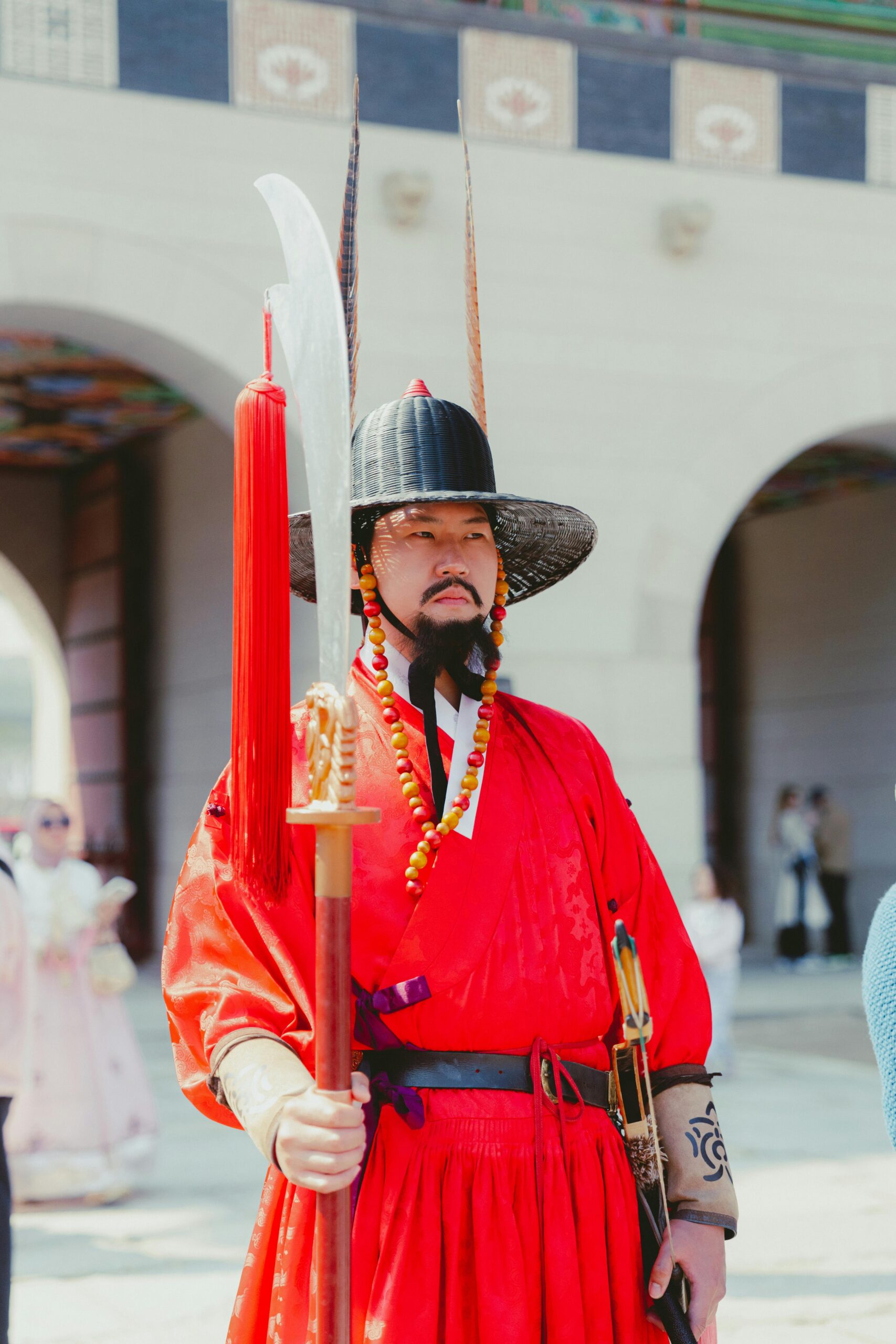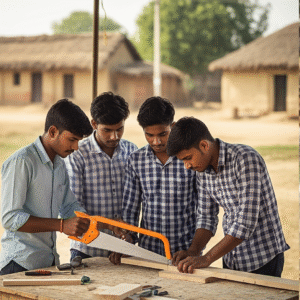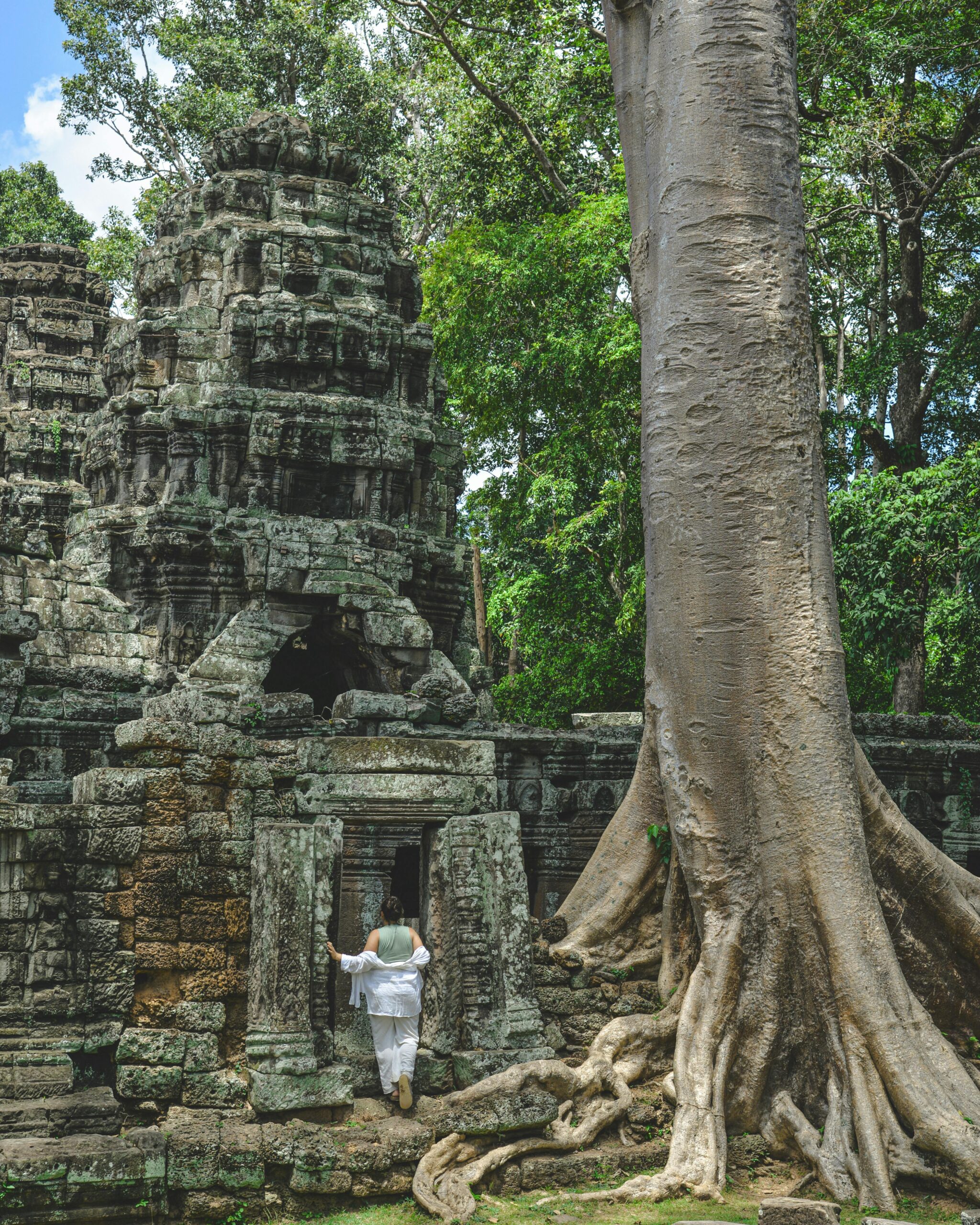Preserving Culture or Embracing Change: Are We Losing the Balance?
India, a nation renowned for its deep cultural roots and progressive aspirations, faces a unique challenge: maintaining a delicate balance between its age-old traditions and the rapid pace of innovation. From spiritual rituals to social customs, the interplay of preservation and adaptation defines how we navigate modernity without losing sight of our heritage.
Tradition: A Foundation of Identity
Traditions form the bedrock of Indian society, encapsulating values, ethics, and collective memory. Festivals, family rituals, and cultural practices provide a sense of continuity and belonging, connecting generations with shared experiences.
However, as lifestyles evolve, so too do the ways traditions are observed. A 2024 report by the Indian Ministry of Culture highlighted that62% of urban householdshave modified traditional practices to align with contemporary schedules and priorities. While some see this adaptation as a pragmatic evolution, others fear it signals a gradual erosion of cultural authenticity.
Innovation: A Catalyst for Change
Innovation has brought both opportunities and challenges to traditional practices. Technology, for instance, has revolutionized the way rituals are performed. Virtual darshans, online pujas, and live-streamed festivals have made traditions accessible to global audiences, particularly during the COVID-19 pandemic. By 2025, platforms like E-Pandit and TempleConnect have facilitated over10 million virtual rituals, bridging geographical divides.
On the other hand, commercialization of traditions, such as extravagant weddings or consumer-driven festival celebrations, has raised concerns about shifting focus from spiritual essence to material display. The average Indian wedding expenditure, for example, surpassed ₹25 lakh in 2024, according to a KPMG India report, underscoring the growing preference for grandeur over simplicity.
Finding the Balance
Balancing tradition and innovation requires conscious effort and thoughtful choices. Here are key approaches being adopted across India:
- Simplified Rituals: Temples and spiritual organizations, such as the ISKCON movement, have introduced simplified ceremonies to make traditions more accessible to modern families without losing their spiritual significance.
- Eco-Friendly Practices: Festivals like Ganesh Chaturthi and Holi are embracing sustainability through biodegradable idols and natural colors, aligning with environmental consciousness.
- Education and Awareness: Programs like the National Mission on Cultural Heritage aim to educate younger generations about the philosophical depth of traditions, ensuring their relevance in contemporary contexts.
- Technology Integration: Digital tools, from augmented reality to virtual reality, are recreating immersive experiences of traditional practices, making them appealing to tech-savvy youth.
Challenges Ahead
Critics argue that innovation can dilute the depth of traditional practices, reducing them to symbolic gestures. Conversely, rigid adherence to outdated customs risks alienating younger generations seeking relevance in their cultural identity. Striking the right balance requires community dialogue, inclusivity, and a willingness to adapt without compromising core values.
Conclusion
The interplay between tradition and innovation is both inevitable and necessary in a rapidly evolving society. By thoughtfully embracing change while staying rooted in cultural essence, India can ensure its heritage remains vibrant and meaningful. The question is not whether we should adapt, but how we can do so without losing the soul of our traditions—a challenge that requires collective effort and introspection.












